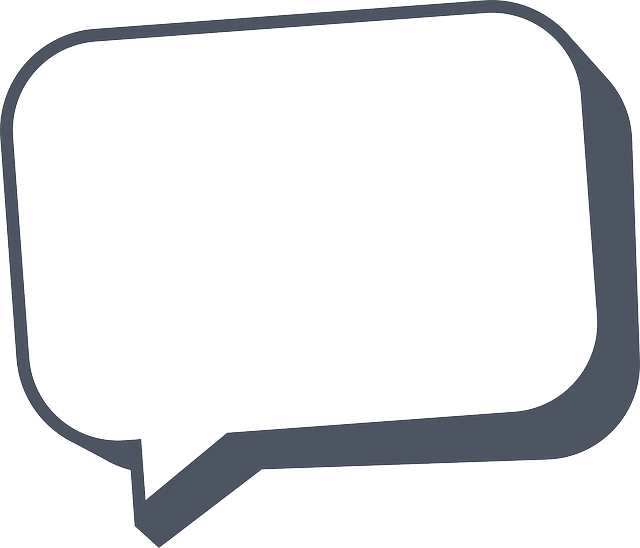Parts of Speech
Noun Name of person, place, thing, idea. It is the who or what of a sentence. (shoe, tree, dog, Sally, etc.)
Verb action or being word (all forms of to be)
The noun and verb are the backbone of every sentence.
Pronoun Takes the place of a noun (Pastor/he, Pastor/his, Mother/her, Sister/she, your, they, etc.) Some pronouns work as the subject, some as the predicate.
Adjective Describes noun or pronoun. Use sparingly; don’t overuse. (very, slightly, enormous. etc.
Adverb Modifies the verb — indicates how or how many?
Preposition A position word (in, around, over, beside, under, etc.). It never appears alone (except in copy writing) and is always part of a phrase that ends with a noun or pronoun.
Conjunction Connecting words (and, but, etc.)
Interjections Essentially worthless words inserted into a sentence. Interjections are almost always followed by an exclamation mark. (Oh! Gee! Goodness! Horrors!). They aren’t used much.
Article a, an, the
Expletive: “&*%$!!!” Profane, vulgar language. Not used much (please!) except in R-rated and X-rated action-adventure movies!
Commas The rule: use as few as you can get away with! The use of commas depends on what you want to convey.
Pop quiz: How should the following be punctuated (comma-wise) if you were saying it (unless you happen to be Chelsea Clinton): “I want to thank my mother Hillary Rodham Clinton and Gandhi.”
Agreement of person One horse, it runs. Two horses, they run.
If subject is in present tense, be sure the verb is, too.
Now, check over the piece you’re presently working on and see if it complies with the above.
(Cheat sheet: ” …my mother, Hillary Rodham Clinton, and Gandhi.”)







